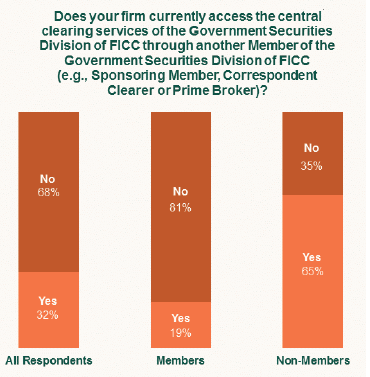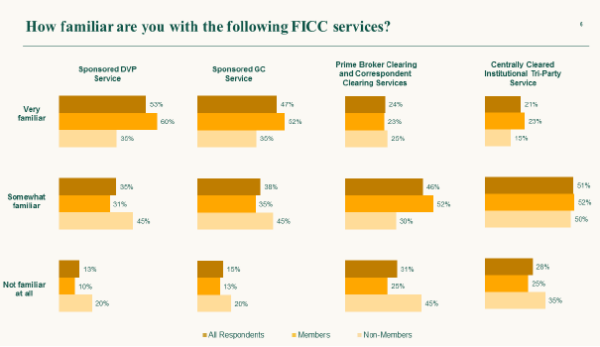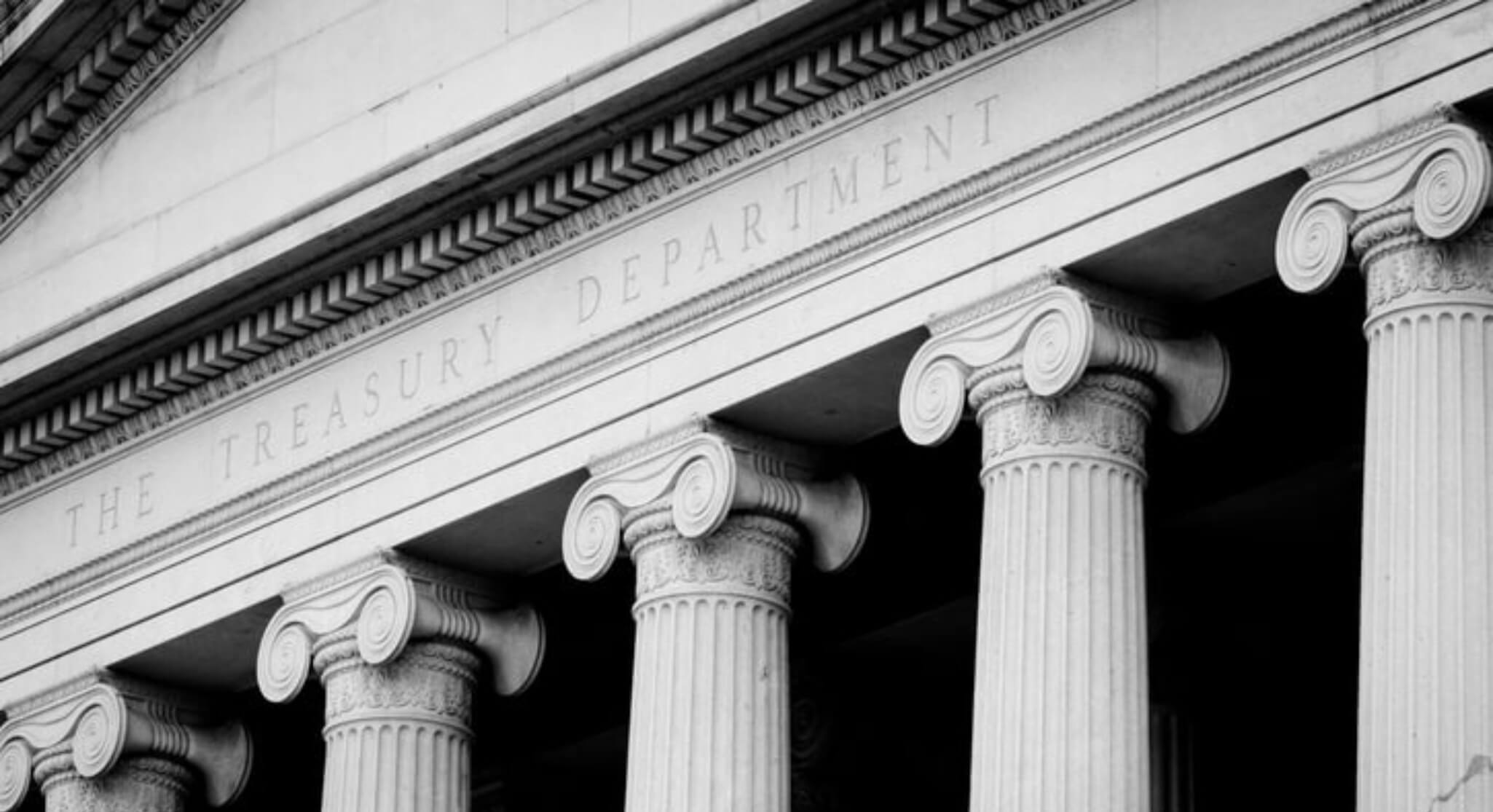Central Clearing of US Treasuries
U.S. Treasuries are one of the most liquid asset classes in the investment universe, but the past few years have seen several episodes of liquidity deterioration. The combination of a pandemic, war, high-interest rates and recessionary fears revealed a few cracks. Now regulators have laid down their blueprint for bolstering resilience in times of stress, but the big question is whether their solution – central clearing – is the answer.
As readers of the Clarus blog know, we are strong proponents of central clearing in particular for derivatives in the interest rate, FX and credit asset classes. These derivative trades are term transactions – longer than one month – that carry counterparty credit risk to maturity. However, clearing Treasuries is a different proposition as with T+2 settlement (moving to T+1), the main risk is settlement risk and not credit or market risk.
This may help explain why market participants are divided over the US Securities and Exchange Commission’s (SEC) proposals last September requiring a significantly larger portion of the U.S. Treasury (UST) cash and repo markets to be centrally cleared through an SEC-registered central counterparty.
Currently, transactions in the UST market, which exceed $1.5 quadrillion annually, are cleared through Depository Trust & Clearing Corp’s Fixed Income Clearing Corporation (FICC), according to the DTCC new white paper, “Looking to the Horizon: Assessing a Potential Expansion of U.S. Treasury Central Clearing”. However, as of 2017, only 13% of treasury cash transactions were centrally cleared.

Based on its number crunching, and if the SEC recommendations get the green light, DTCC projects volumes could soar to around $1.63 trillion daily in incremental indirect participant Treasury activity. This would be split between $605 billion of cash trades, $500 billion of repo and $520 billion of reverse repo into central clearing.
Proponents contend that central clearing would not only strengthen risk management practices but also centralize default management and increase transparency. Other benefits cited include an influx of new players to the market and new technologies to drive greater efficiencies.
Skeptics seem to outnumber the cheerleaders, if Coalition Greenwich’s new research paper – Market Views on the SEC’s U.S. Treasury Clearing Proposal – is anything to go by. Most buy and sell side firms canvassed either oppose the proposal outright or advocate for a more measured approach supported by a cost-benefit analysis of increased clearing.
They believe the reforms will be disruptive to the overall market and lead to thinner liquidity, less transparency and lower market participation. This is attributed to the lack of balance sheet relief realized by clearing cash Treasuries, higher costs tied to clearing and the lack of infrastructure and technology to accommodate these proposals.
Concentration risk has also been flagged from other quarters of the industry. The concern is that forcing all trades through one CCP will create a systemic risk by creating an institution that is too big to fail.
One of the main issues highlighted by the DTCC paper is that FICC’s various central clearing access models and available services are not broadly understood. Most of its members remain unsure which models or services they want to use for indirect participant activity.

The FICC also has its own worries. It expects that the incremental indirect participant Treasury volume could result in a corresponding rise in Value at Risk (VaR) margin of roughly $26.6 billion across the FICC / Government Securities Division (GSD) membership. This is a conservative estimate that assumes all the activity clears through one of FICC’s Gross Margin access models. These forecasts could potentially drop if the activity were cleared through one of FICC’s net margin models.
There are of course no easy fixes. Nevertheless DTCC respondents have put forward various risk and operations-focused enhancements to FICC’s offerings and services to support the amendments. These range from better cross-margining opportunities to better transparency of margin and liquidity facility calculations, enriched risk management reporting tools and operational improvements to novation processes and timelines.
The SEC is waiting for the Federal Reserve and Treasury Department to deliver their final verdicts. In the meantime, participants across the industry are working together on a game plan.
Summary
Market participants are divided over whether the SEC proposals to bolster the Treasury market through central clearing are the right response.
Proponents contend that the reforms will bolster risk management practices, centralize default management, and increase transparency. They could also attract more players and ignite the industry to develop new technology to drive greater efficiencies.
Opponents argue they will be counterproductive leading to thinner liquidity, less transparency, lower market participation and increased concentration risk.


